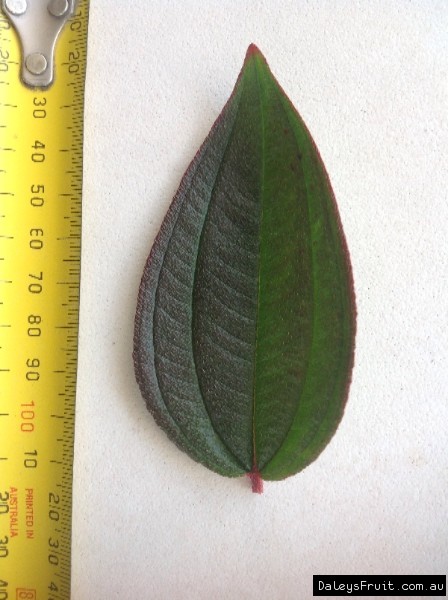Blue Tongue
Melastoma affine$9.90 ($4.90-$18.75 choose a size)
Specifications of Blue Tongue
Preferred Climate SubtropicalLearn About Climate Zones
Grown From SeedlingLearn About Propagation Methods
Max Height (when in the ground with good conditions) 2-5m
Plants required to Pollinate 1 (Self Pollinating)Learn about Pollination
Can it Handle Frosts? Yes
Amount of leaves in Winter? All Leaves (Evergreen)
Quarantine Restrictions to these Areas WA
Suitability in Pots Yes
Water Requirements Moderate Watering
Is it a Dwarf Fruit Tree? Can be pruned to 2m
Time to Fruit/Flower/Harvest 2-3 Years
Sun or Shade Full (Sun:80%-100%)
Preferred Soil Type Good Drainage
Soil pH Neutral (6.6-7.3pH)
Customers also bought
These plants are often purchased together. Also check plant information for suitability in your orchard.

































